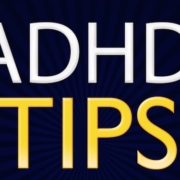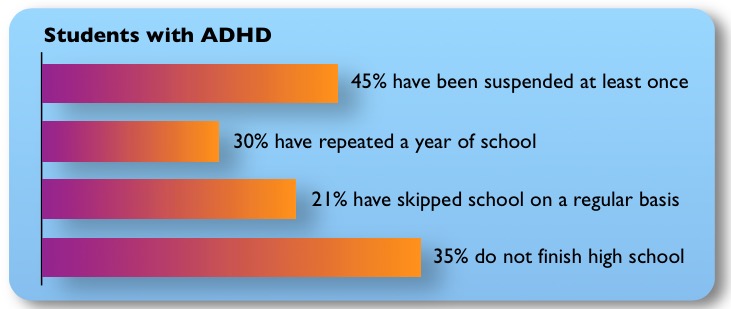Parenting a Child with ADHD: The A³PC Method
Although, parenting a child with ADHD can be frustrating, techniques exist to help parents promote their child’s success. The A³ parent-child interactions technique focuses on providing affection, positive attention, and affirmation to help children cope with ADHD.
1. Affection
Children with ADHD typically receive negative attention from peers and adults, which makes it even more important for them to receive affection at home. It may be difficult to show affection when a child’s behavior is frustrating, but take notice of how often you are giving affection to your child and try to increase that number.
2. Positive Attention
Giving affection is part of giving positive attention, but more than affection must be shared with your child. Try to give 10 -20 minutes of undivided attention to your child with ADHD per day. During this time, have your child choose a game to play or allow him/her to simply talk to you. Developing a positive relationship with children allows them to develop higher self-esteem and confidence, which is important for children with ADHD.
3. Affirmation
Praise is essential to encourage good behavior. Saying phrases such as “good job,” is only a start to praising your child. More importantly, praise must target a specific behavior. In order to make sure your child knows exactly which behavior warrants praise, tell them specifically which behavior was good, what that behavior means, and the consequence of the good behavior. For example, “great job (praise) doing all your math homework (specific behavior), that is very responsible of you (meaning of behavior). Now you can understand the math lesson better tomorrow” (consequence of behavior). This kind of speaking may seem awkward at first, but an awkward start is worth promoting good behavior!
Contact Dr. Gordon for help with your ADHD. We have treatment and solutions available online, by phone, and in our offices.
written by: Brianna Malinowski, Jay Gordon, Ph.D
Reynolds, C., Vannest, K., & Harrison, J. (2012). The Energetic Brain (pp. 28-30). San Francisco, CA: Jossey-Bass.




